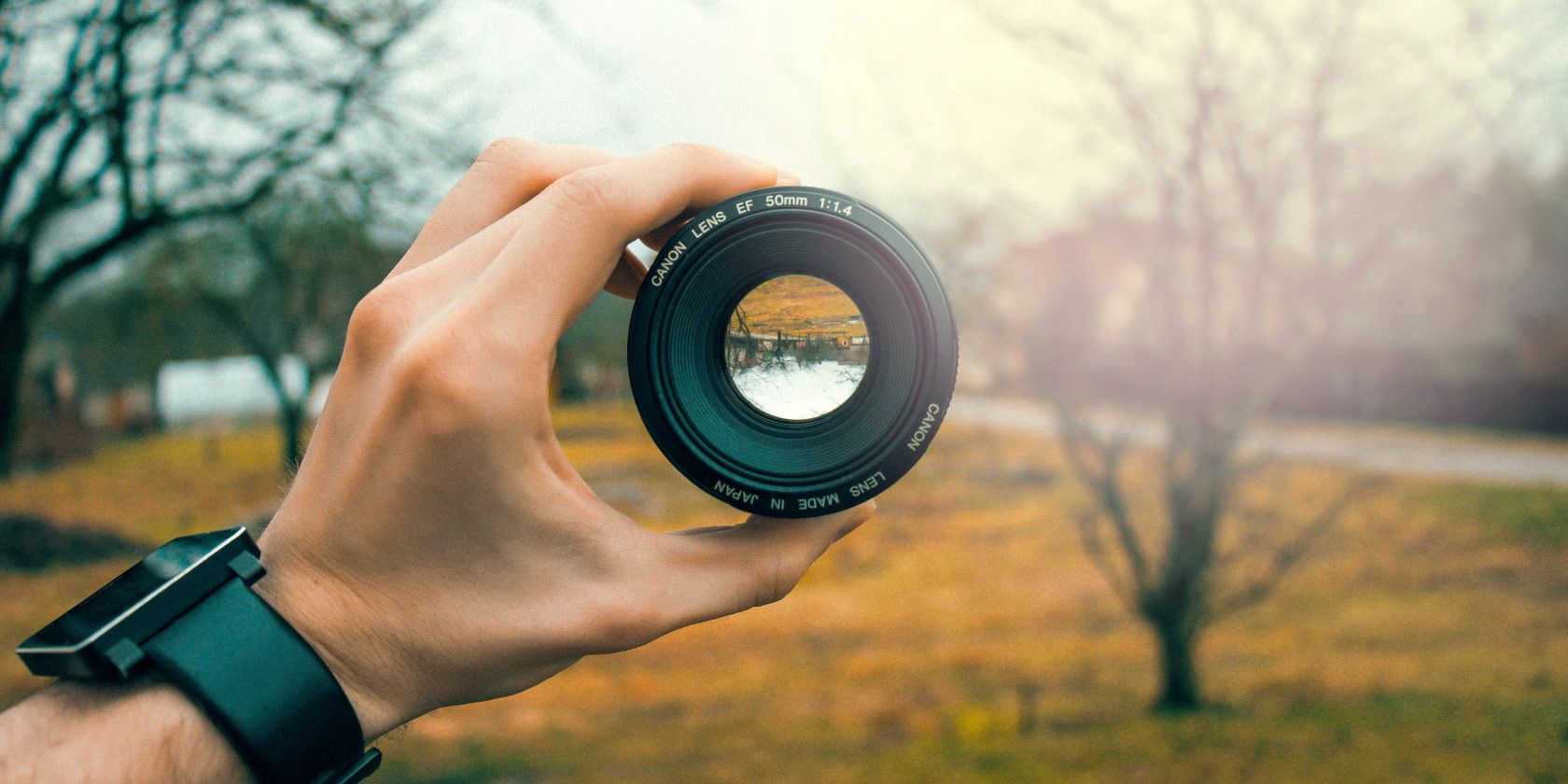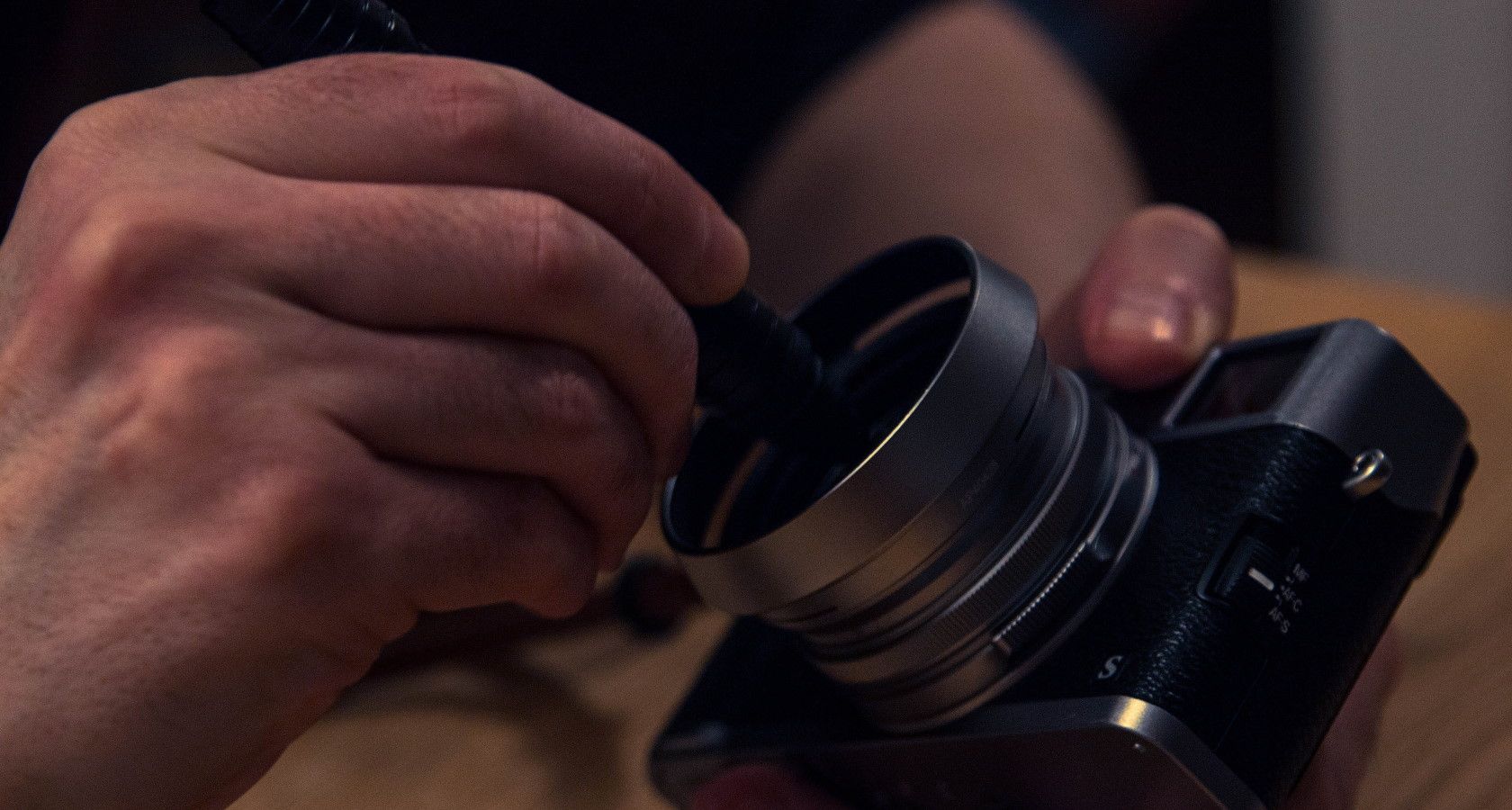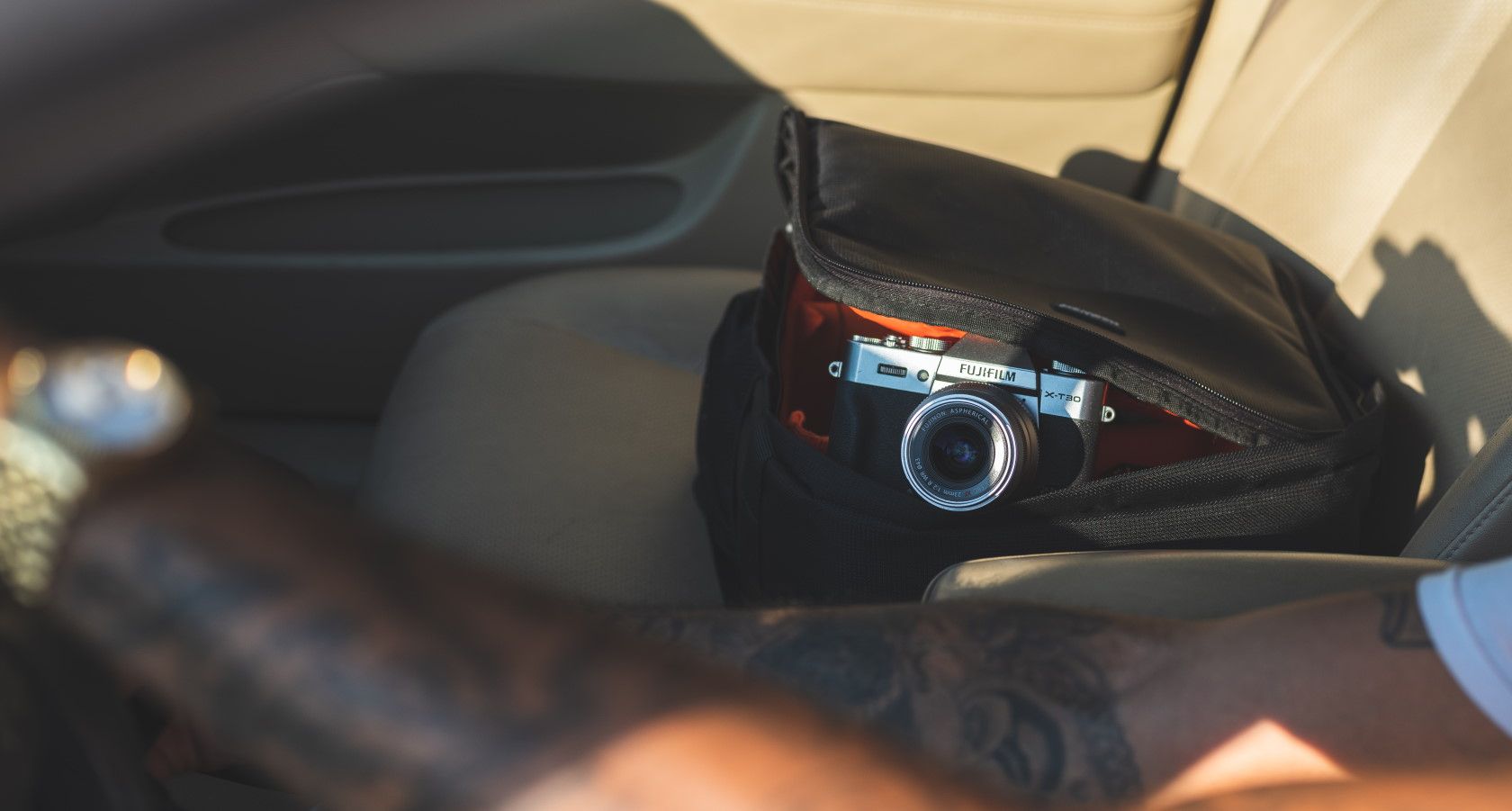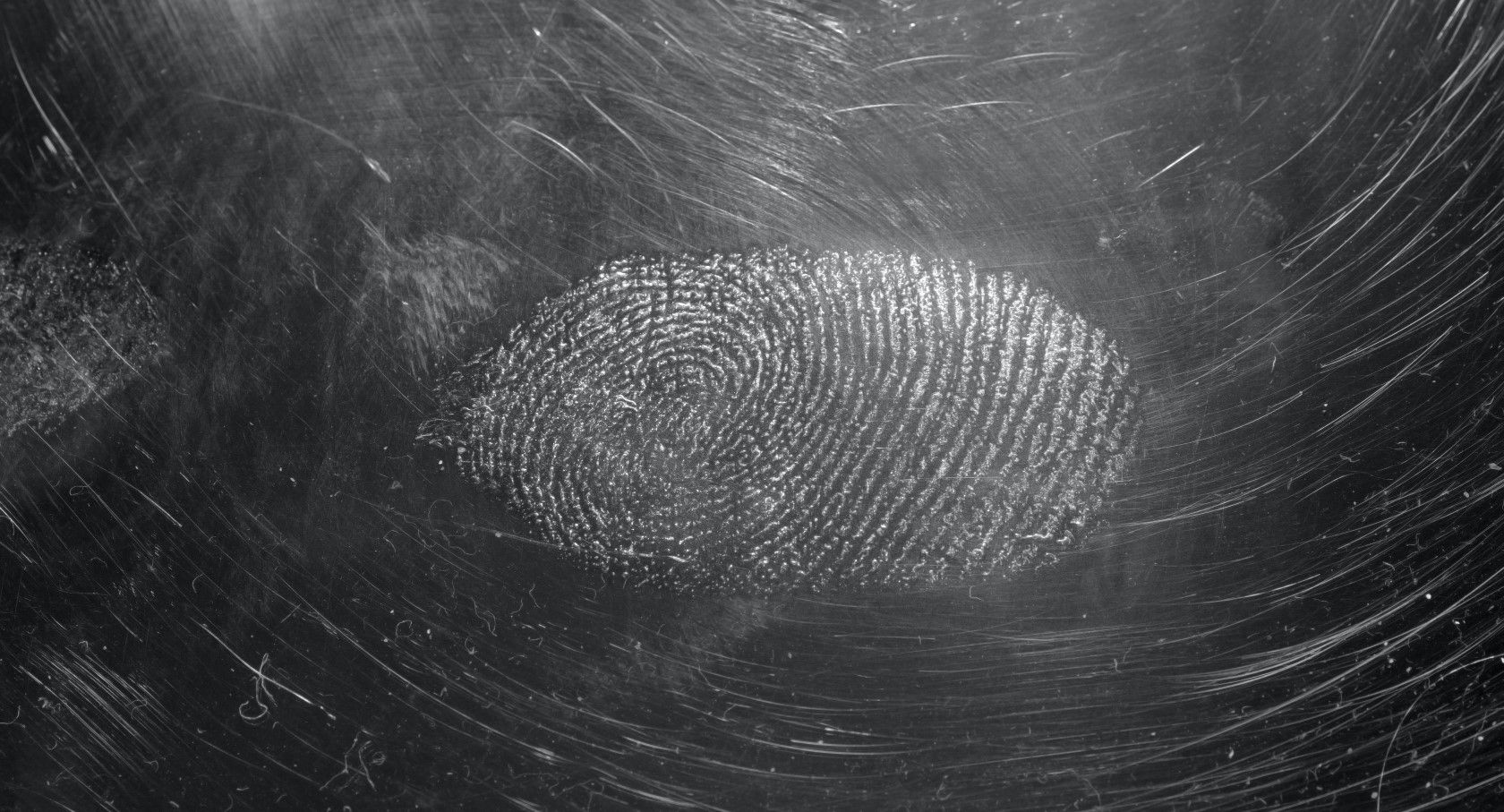Did you know that fungus can grow on your camera lens? Most people have probably never heard of this problem before, but it's something that camera owners have to deal with.
Photographers who live in particularly humid or wet climates might've heard of the issue of camera lens fungus. However, it all depends on your location.
Ensuring your camera lens doesn't get fungus is vital to prevent any serious damage. But first, what exactly is lens fungus, and what can you do to avoid it?
What Is Lens Fungus?
Simply put, fungal spores that travel through the air can land on your camera lens; this is where they'll make their new home. When the conditions are right, these fungal spores will grow into fungi and extend across the surface of your camera lens.
If you don't take action against lens fungus, it can damage the glass surface and the lens coatings. Be wary in the spring and early summer seasons because of the amount of rain and high humidity levels. These conditions are perfect for lens fungus to grow in.
Unfortunately, the fungus can go unnoticed, but it's not too late. Here's how to effectively clean your camera if you think it has been infected with lens fungus.
How to Properly Clean Camera Lens Fungus
1. Gather Your Items and Tools
You can remove the fungus quickly and easily from the comfort of your own home. Plus, you probably have all of these tools on-hand already. It may involve a little fiddling, but it's a pretty painless process.
First, you'll need to gather some items such as a lens wrench or spanner, rubber gloves, paper towels, or a microfiber cloth. Next, you'll need your three liquids: white vinegar, dish soap, and hot water.
2. Remove the Lens
Put on your gloves and use the lens wrench or spanner to remove the front of the lens. This is called the protective ring, and once it's detached, you can easily take off the glass.
3. Inspect and Clean the Affected Areas
Once you've removed the lens, use a torch or lamp to inspect it closely. Scan the lens closely to find the areas affected by the fungus.
Next, mix the hot water and dish soap to make a cleaning solution. Clean the lens gently and rub it with your fingers. Once you're satisfied that it's adequately cleaned, rinse it with hot water.
Use paper towels or a microfiber cloth to press the lens dry and ensure there's no moisture left. Follow the drying process by pouring a small amount of white vinegar over your lens to get rid of any water stains or residue.
The white vinegar will also protect the lens from fungus in the future. Lastly, wipe the lens and ensure it's thoroughly dry.
4. Reassemble the Camera Lens
Now that you've gotten rid of the fungus and dried the lens, it's time to assemble all the pieces back together. Be sure to wear your gloves for this step too. Finger smudges leave oil and grease, which the fungus feeds on.
Once you've put the lens back and secured the protective ring back in place, you're all set! The process may seem daunting at first if you're scared of damaging your camera, but it's pretty easy to do.
How to Prevent Camera Lens Fungus
Camera lens fungus is surely annoying, but it's easy to prevent if you just take care of your camera. Prevention is key, so use these tips to avoid dealing with fungus problems in the future.
1. Always Keep Your Camera Dry
A top tip for preventing lens fungus is to keep your camera moisture-free at all times. Those who live in wet or humid locations might find this unavoidable.
The best thing you can do is avoid using your camera or doing photo shoots on incredibly humid or wet days. If your camera does become wet at any point, dry it immediately!
2. Wipe Down Your Camera Regularly
Photographers are guilty of just wiping down the front part of their cameras or filters. Cleaning your whole lens with a microfiber cloth now and again is a great way to prevent lens fungus from forming.
Regularly wiping your camera lens is especially important for those who've been working in wet and humid conditions.
3. Store Your Camera Gear Properly
It's easy to leave your camera and all your gear in your camera bag, but this isn't a great idea. Instead, store your camera in an airtight box or bag with silica gel to avoid moisture and fungal growth. It's a good practice to keep your camera in a dry place at all times.
Once you've placed your camera in a box or bag, leave it in an area with some light as complete darkness can promote fungal growth. Just be sure not to leave your camera in direct sunlight, which will cause serious damage to the image sensor.
4. Use a Dehumidifier or Air Conditioner
The room where you store your camera can significantly impact fungal growth. If you notice fungus on your camera lens, a dehumidifier or an air conditioner can be valuable appliances for your room.
An air conditioner will cool your room down and lower the humidity level. When you get rid of the humidity, you're getting rid of the ideal living environment for fungi.
One of the main benefits of a dehumidifier is removing moisture from the air in a room. This will dry the air and prevent dampness, which is the environment where a fungus thrives.
5. Avoid Fingerprints and Blowing on Your Lens
It's tough to use your camera and not leave fingerprints behind. However, it's easier to make a habit of not blowing on your lens.
Rather than blowing with your mouth onto the glass of your lens to clean it, use a soft brush. Your breath has moisture, which can lead to fungal growth, and this is exactly what you don't want!
When it comes to fingerprints, it's best to clean them off immediately if you touch the lens surface or viewfinder. Use a dry, clean cloth to clean the exterior and remove oily fingerprints.
The Number One Enemy of Your Camera Lens
It looks like a small spider web or tree root-like structure, but lens fungus can do a lot of damage to your camera. Not only can this tiny bit of microbial growth harm your lens, but it can spread to the rest of your camera gear.
To prevent heartbreak when your camera is severely damaged, it's best to nip the lens fungus in the bud. Always store, clean, and maintain your camera properly and regularly to ensure it lasts you a lifetime.




